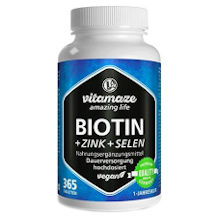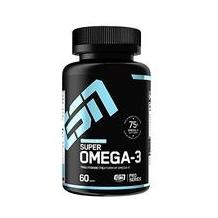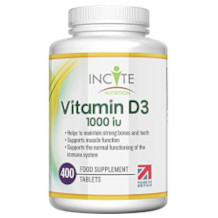Protein powder purchasing advice: how to choose the right product
- What you need to know
- Protein powder is a dietary supplement that provides the body with high-quality protein to help build and maintain muscle.
- Protein powders are suitable for athletes and weight loss enthusiasts who cannot meet their protein needs through natural protein sources.
- Protein powders should be high in protein and contain adequate amounts of all essential amino acids, but low in fat and carbohydrates.
- There are animal protein powders made from milk and eggs, as well as vegetable protein from soy, rice, peas and hemp, among others. Pay attention to allergies and intolerances.
Protein powder for the dream body
Protein is an essential component of the body that fulfils many functions. One of them is the building of muscles. Those who practice weight training therefore have an increased need for protein to promote the growth of new muscle cells. This should be covered by the diet, ideally with natural protein sources. However, this is not always easy to implement in stressful everyday life, because it requires not only clever planning, but often also the pre-cooking of meals.
Food supplements such as protein powders are an easy way to supply the body with high-quality proteins. The powders come in a variety of flavours. They can be easily mixed with milk or water to make a protein shake. This provides the body with about 20 grams of protein per serving. In addition to protein shakes, you can also use the powder in many other ways, for example in a smoothie, in the form of porridge, a quark dish or a chia pudding.
Is protein powder suitable for losing weight?
People who want to lose weight usually combine a calorie deficit with exercise. The goal is to lose as much body fat as possible without losing muscle mass. However, if the body doesn’t have enough protein, it draws it from the muscles, so that not only fat but also muscle loss occurs. It is therefore important to take in all the necessary nutrients even during a diet. However, it is difficult to maintain the necessary calorie deficit. A shake or meal with protein powder not only helps to supply nutrients and maintain muscle mass, but also keeps you full longer and prevents cravings.
These types are available
There are a large number of different protein powders on the market, which differ in composition and production method. Protein powder gets its protein sources mainly from animal products such as whey, milk and egg. However, there are now also vegan protein powders that are made from soy, rice, peas or hemp, for example.

Whey protein
The most popular type of protein powder is whey protein. Whey is the yellowish liquid left over from cheese production and is the raw material for protein. Whey protein makes up one fifth of all proteins in milk and has a high proportion of essential amino acids. Through various types of filtration, manufacturers succeed in producing a highly concentrated protein powder. Various flavors and sweeteners provide a pleasant taste. Whey protein powder is quickly digested so that it is available to the body after less than half an hour. Depending on the filtration method, Whey concentrate (WPC), Whey isolate (WPI) and Whey hydrolysate (WPH) can be distinguished.
The cheapest version is Whey concentrate, which contains about 75 to 80 percent protein, four to eight percent fat and five percent sugar in the form of lactose. To produce the powder, the carbohydrates and fat have to be removed from the natural whey so that only the protein remains. To do this, the whey goes through a microfiltration process in which very fine filters separate the protein from the other macronutrients. For most recreational and hobby athletes, a whey protein concentrate is usually sufficient.
Whey isolate undergoes finer filtration, often called cross-flow ultrafiltration (CFU) or microfiltration (CFM), which removes more fat and lactose. The resulting powder is largely fat-, carbohydrate- and lactose-free and, depending on the degree of filtration, has a protein content of at least 80 to around 90 percent. In addition, the proportion of essential amino acids is higher. Whey iso is well suited for people with lactose intolerance and for ambitious strength and fitness athletes.
Whey hydrolysate is whey protein that has been broken down with the help of enzymes. Since the protein components are smaller, the body can absorb them more quickly. However, this version is not only expensive and bitter-tasting, but nutrients are also lost in the production process. Because of the taste, pure whey hydrolysates are rarely found on the market; instead, they tend to be mixtures with concentrate and isolate.
Whey protein powders are therefore either pure whey concentrate, whey isolate, a mixture of both or one with additional hydrolysate. The share of isolate is usually the lowest.

Casein
Casein is the second protein component of milk after whey and makes up the largest proportion, around 80 percent. This is why a product with the description “milk protein” usually means casein. Unlike whey protein, the body absorbs casein very slowly — within several hours compared to less than half. Milk protein is not suitable for ingestion after a training session, as the body should be supplied with the necessary amino acids as quickly as possible to promote muscle regeneration.
The advantage of this time-intensive processing, on the other hand, is the preservation of muscle mass. Casein continuously supplies the body with essential amino acids over several hours, which benefit the muscles. It is therefore recommended to take it in the evening to provide the body with material for building and regeneration while you sleep.
Casein has also established itself as a practical aid for diets: If the body does not have enough protein, it obtains it from the muscles, so that those wanting to lose weight lose not only fat but also muscle. The almost continuous supply of protein from casein ensures that the body does not have to resort to muscle protein. This results in a loss of fat while maintaining muscle.

Egg protein
Protein powder made from egg contains a lot of protein and at the same time little fat and carbohydrates. In addition, the amount of essential amino acids is high. Along with whey and casein, egg protein is one of the most important animal protein sources. Only the egg white is used for its production. Since egg protein saturates for a long time, it is highly recommended to take it before sleeping or during a diet phase. It also provides athletes with the necessary amino acids after training.

Multi-component protein powder
Multi-component protein is made up of different protein sources. The aim is to combine the advantages of individual protein sources in terms of amino acid composition and speed of absorption. Thus, multi-component variants represent the all-rounders among protein powders. Manufacturers usually combine whey and casein protein as well as egg protein or soy protein. These have to be coordinated in such a way that, on the one hand, all amino acids are optimally present and, on the other hand, “slow” and “fast” proteins are represented in a ratio that ensures an immediate and long-lasting supply after ingestion.
However, the special positive properties, such as the rapid absorption of whey protein, are stronger in pure form. Thus, whey remains the first choice after training and casein the optimal protein for the night. Multi-component protein is for those who are looking for an easily digestible powder that provides the body with high-quality protein quickly and at the same time for a longer period of time. Since multi-component protein powder can also be taken at any time, it is the most suitable of all protein powders as a meal replacement as well as for baking.

All-in-one protein
All-in-one protein, like multi-component protein, is a mixture, but not only of different protein sources, but also of other ingredients such as creatine, a supplement made from the three amino acids L-arginine, L-methionine and L-glycine and minerals and vitamins. The composition is supposed to have the best possible nutrient ratio to help the body recover after a strenuous workout and to promote muscle building without having to take additional supplements. In addition, the protein powder contains hardly any carbohydrates.
All-in-one protein is particularly suitable for bodybuilders and other strength athletes as well as endurance athletes. If weight training takes place in conjunction with a diet, all-in-one proteins also supply the body with all important nutrients due to their added vitamins and minerals and prevent deficiency symptoms.
Vegetable protein
For all those who follow a vegan diet or cannot tolerate animal protein powder, there are now a large number of vegan alternatives. The best-known vegetable protein powder is soy protein, but rice, pea and hemp protein are also very popular. Other vegan protein sources include lupine, pumpkin seed and sunflower protein. The amino acid profile of plant proteins is less similar to the human body than the animal version, which tends to leave one or more essential amino acids deficient. This lack of essential amino acid is also known as “limiting amino acid”.
For this reason, manufacturers often produce blends to compensate for the insufficiency of the individual varieties. In a composition of rice and pea protein, for example, all essential amino acids are present in optimal quantities. They can be processed by the body just as well as the amino acids of whey proteins. The advantage of vegan proteins are the micronutrients, vitamins, minerals and trace elements they contain.

Soy protein
Soy protein scores with the best processibility among all vegetable proteins and has almost all essential amino acids; the only one missing is methionine. The raw material from which soy concentrates and isolates are produced is soy flour. Concentrates contain at least 70 percent protein, while pure isolate has a protein content of about 80 to 90 percent and hardly any fat and carbohydrates.

Rice protein
The average protein content of 100 grams of rice protein powder is 80 g. Furthermore, the powder contains hardly any carbohydrates and a moderate amount of fat. At the same time, it can be processed almost as quickly as soy protein. Rice protein also contains a large number of vitamins, minerals and trace elements. The raw material is not husked white rice, but germinated brown rice. Sprouting increases the protein content as well as the proportion of micronutrients. The result is a protein powder with an almost perfect amino acid profile. On top of that, the protein powder is suitable for all those who suffer from a soy allergy, gluten or lactose intolerance.

Pea protein
Pea protein has a protein content of about 80 percent as well as numerous vitamins, minerals, trace elements and fibre. It has all the essential amino acids, but only a small amount of methionine. Pea protein powder is not as quickly digested as rice protein. It is made from yellow split peas and completely gluten-free. Of course, it also contains no soy, egg or milk protein and no lactose. Therefore, it is well suited for people who cannot consume certain protein powders due to allergies or intolerances.

Hemp protein
Protein powder made from hemp contains on average only 50 percent protein, but it scores with a complete amino acid profile. It also has many important micronutrients, a high fibre content and many healthy unsaturated fatty acids. Since the rather long-chain carbohydrates are more complicated to digest, they keep you full longer. Like rice protein, hemp protein powder is gluten-free.
How to find the right protein powder
Before you compare the quality of the individual products, you should first determine which protein source and composition is best suited for your purposes. For example, if you want a quickly available protein to take in the form of a shake after training, a whey powder is suitable. The following characteristics will tell you what is important when choosing a protein source and how you can recognise a high-quality protein powder.

The protein content
The higher the protein content in a protein powder, the higher the quality of the product. Carbohydrates and fats are only marginally present in a good powder due to fine filtration. An animal protein powder should contain at least 70 grams of protein per 100 grams and preferably less than five grams of carbohydrates. Isolates should have more than 80 grams of protein. For vegan protein powder, the proportion depends on the raw material; mixtures should also meet the minimum recommendation for animal protein powder.
The protein source and its biological value
When choosing a protein source or sources in the case of a protein complex, there are three important aspects to consider: tolerability, absorption speed and biological valence.
Tolerance is almost self-explanatory: those who have allergies and food intolerances to specific protein sources should not consume a protein powder composed of any of these sources. High-quality whey isolate is suitable for consumers with lactose intolerance who do not want to give up whey protein, as lactose and milk fat are filtered out during production. Isolates with more than 90 percent protein are a safe choice. Soy is risky for those with allergies that can lead to cross-allergy with the bean.
The absorption speed is essential for the application possibilities of the protein powder. As a shake before or after training, for example, a protein powder whose ingredients are quickly absorbed by the body is recommended. Whey protein is the best choice in this case or a vegan alternative such as a corresponding vegetable protein complex. If a slow and continuous supply of nutrients is desired for the purpose of muscle maintenance, a casein product or a version with casein content is suitable, among others.
The biological valence provides information about how efficiently the body can convert protein from a particular source into the body’s own proteins. A high biological valence means that even a small amount of the protein is sufficient to meet the protein requirement. The higher the biological valence of the protein powder, the more protein can be used to build muscle. Whey protein has the highest biological valence, while vegetable protein powders tend to be in the middle range. A clever combination of different protein sources in multi-component proteins or vegan protein complexes can also produce very high biological valence. A high proportion of essential amino acids indicates a high valence.
The amino acid structure
Protein powders should contain sufficient amounts of all essential amino acids that the body does not produce itself. You should pay particular attention to the so-called BCAAs (Branched Chain Amino Acids). These are leucine, isoleucine and valine, which are known for their muscle-building effect. All three components, as well as glutamine, should be present in larger quantities at best. A BCAA content of at least five grams per serving is recommended.
Ingredients and their quality
The ingredient list of many protein powders often includes a large number of additives in addition to the protein sources. These include sweeteners, flavorings, emulsifiers and thickeners. These ingredients can also trigger allergic reactions or may not be tolerated. However, there are also products that don’t contain any additives at all. It is advisable to buy a protein powder with as short an ingredient list as possible and natural flavors as well as sugar substitutes, because these versions are often not only more tolerable but also have better nutritional values.
A tip
The order of the components in the ingredient list often provides information on how much of the respective ingredient is contained. For example, if a protein powder consists of whey concentrate, casein and whey isolate in exactly this order, the complex is largely made up of concentrate and only a small proportion of isolate.
In a high-quality protein powder, the raw materials should also be of corresponding quality. Look for information on the origin of the raw materials in the product description or on the packaging. Some manufacturers use organic seals for this purpose, others write directly where the raw materials come from, such as milk from free-range cows.
The taste
Protein powder is used for a quick supply of protein, but if you mix a shake with the powder every day or prepare small meals with it, you will learn to appreciate a tasty protein powder that dissolves well in milk as well as water. Manufacturers such as ESN, Myprotein or #sinob produce a large number of different flavors: from classics such as chocolate and vanilla to different types of fruit and more special versions such as cheesecake, apple strudel, rice pudding as well as seasonal variants such as ginger bread. It is advisable to test smaller quantities of different products and varieties to find a protein powder that suits your taste.
The pack size
Protein powder is available in various pack sizes: Packages with a content of 2, 4 and 5 lbs are the most common. Depending on the manufacturer, other sizes can also be found. Protein powder samples of around an ounce are also available, usually for a small price. These are especially recommended for those who want to test a new product or compare several protein powders. Those who like to use different flavors are also better off with several small packs. However, large packs tend to be cheaper and are recommended for future purchases of the ideal protein powder.
How much does protein powder cost?
There are large price differences between the various types of protein powder, depending on the manufacturer and protein source. Pure whey concentrate, often just called whey protein, is the cheapest protein powder. It costs between 10 and 20 dollar per pound. The price of isolate tends to be a few dollars higher than concentrate from the same manufacturer. Particularly high-quality isolates can also exceed the 25-dollar mark. For products made exclusively from natural ingredients, you often pay more than $25 as well. For casein, whey concentrate and whey isolate blends, multi-component proteins as well as vegan proteins, the price ranks between the cost of pure whey concentrate and high-quality isolate.
The correct use of protein powder
The easiest way to take protein powder is a protein shake. To do this, mix the amount recommended by the manufacturer — usually 1 ounce (30 grams) — of powder with either (vegetable) milk or water. Low-fat milk or water is recommended during a diet. Protein shakes are perfect before or after a training session and are easy to transport and prepare in a protein shaker.
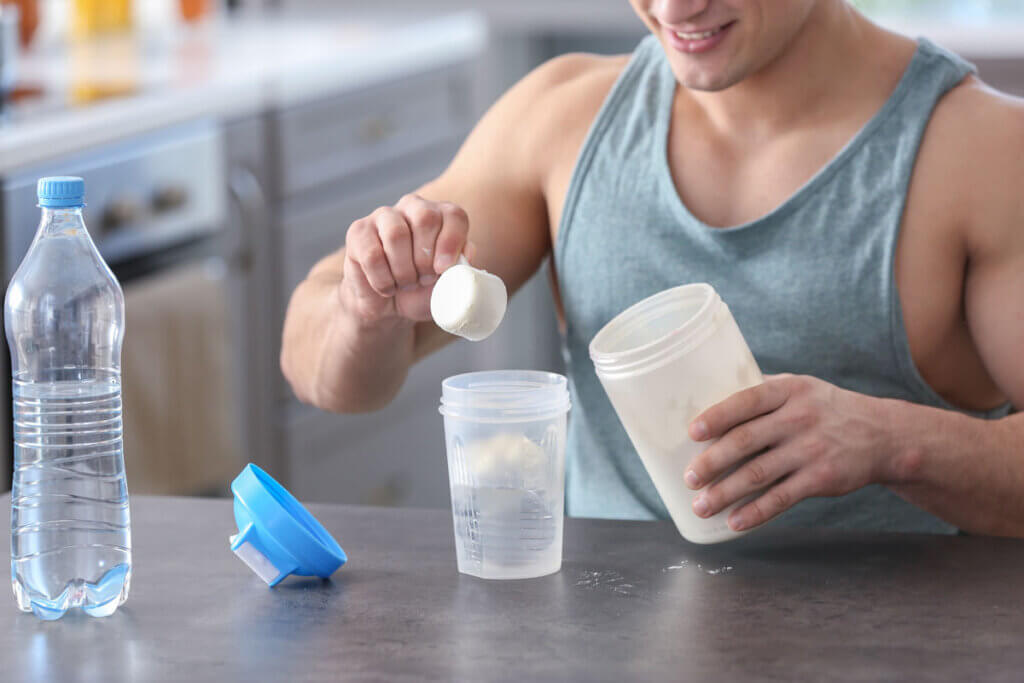
Protein powder is also ideal for snacks or breakfast. For example, you can stir it into the morning porridge as well as into the low-fat quark or prepare protein pancakes. It can even replace some of the flour for a cake or other baked goods. Flavorless versions are also suitable for savory dishes such as pizza, bread or quiche.
Numerous recipes with protein powder can be found on blogs, YouTube and various social media sites. In combination with other foods, protein powder can contribute to a balanced diet, but it cannot replace it. You should continue to meet the majority of your protein needs with unprocessed foods. One to two servings of protein powder per day is a good guideline. Make sure you drink enough water so that your kidneys can break down the protein properly.
How much protein does the body need?
An average adult needs about 0.8 grams of protein per kilogram of body weight every day so that all vital functions in the body can take place. This means 64 grams (2.26 oz.) of protein per day for a body weight of 80 kilograms (176 lbs). Athletes, as well as those in a dieting phase, specifically want to build and maintain muscle. For this purpose, an increased protein intake makes sense. A range between 1.2 and 2.2 grams per kilogram of body weight is recommended, depending on the type and intensity of training. A healthy kidney that is supplied with sufficient water is able to process such amounts. In the case of kidney or liver damage, an increased protein intake is only recommended to a limited extent: With a maximum of 1.2 grams of protein per kilogram, those affected are on the safe side.
What is protein?
Protein, along with carbohydrates and fats, is one of the three macronutrients that help shape bodily processes. Every single cell in the body is made up of proteins, which take on a multitude of functions: They are the building blocks of tendons, bones, cartilage and muscles, form almost all enzymes as well as some hormones, store substances such as iron, protect against pathogens, ensure healthy nails, skin and hair, repair defective cells and transport fats and oxygen. Protein is composed of 20 long-chain amino acids, which can be divided into essential and non-essential amino acids. The body cannot produce the eight essential amino acids itself, which is why they have to be taken in through food.
The essential amino acids include the BCAAs leucine, isoleucine and valine. They have several ends to which other amino acids can be attached. BCAAs are therefore necessary to form new structures and to maintain or optimize the metabolism. Their main task is to build and maintain muscle, which is why they are of particular importance in the diet of athletes.
Other essential amino acids are
- Lysine,
- methionine,
- phenylalanine,
- threonine, and
- tryptophan.
Images 1-9: © FinalCheck | Image 10: © JackF / stock.adobe.com | Image 11: © Pixel-Shot / stock.adobe.com

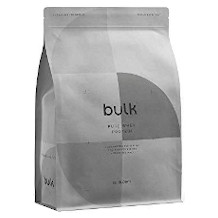
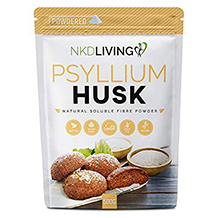
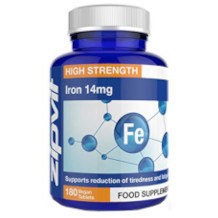
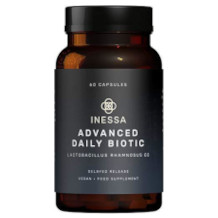
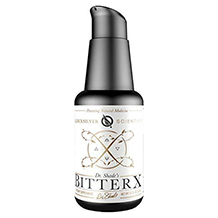
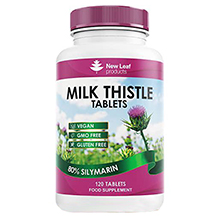
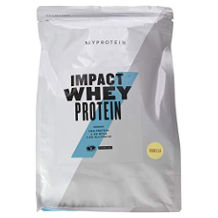
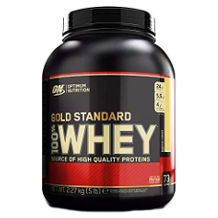
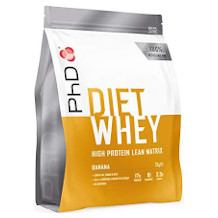
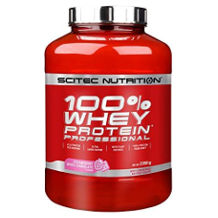
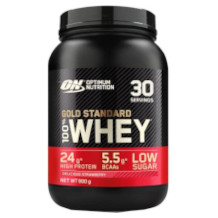
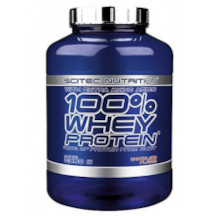
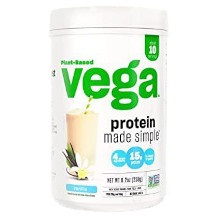
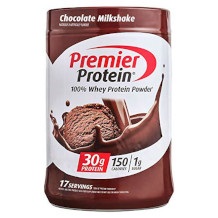
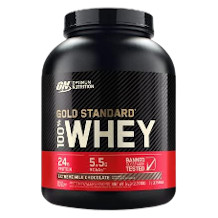
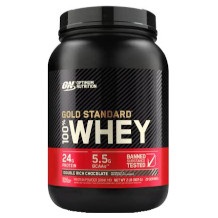

 9,212 reviews
9,212 reviews




